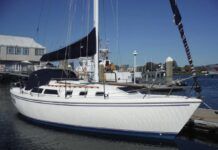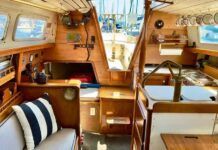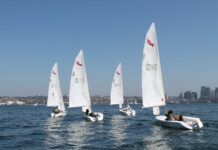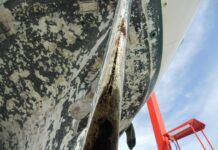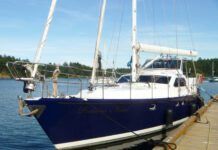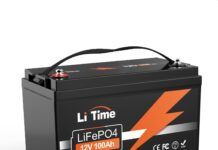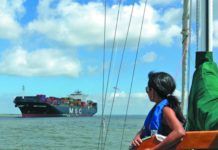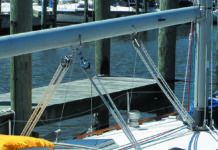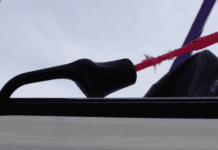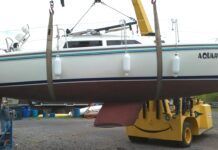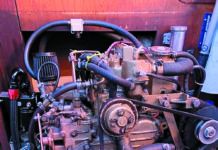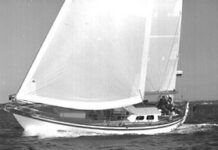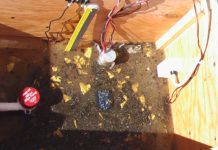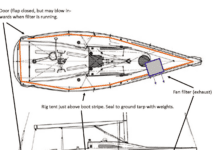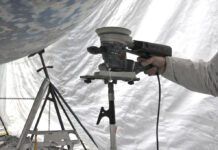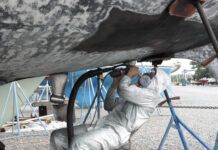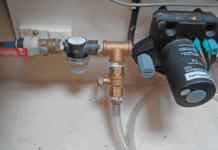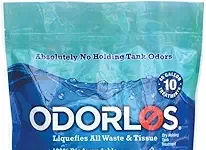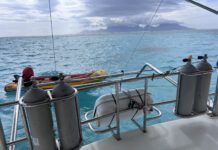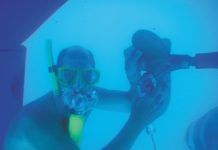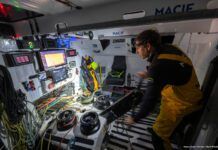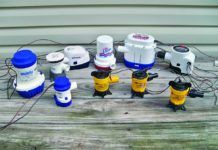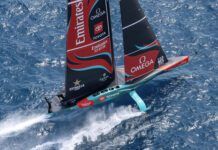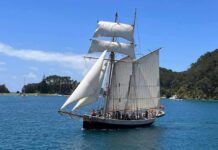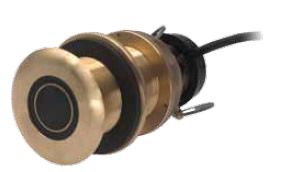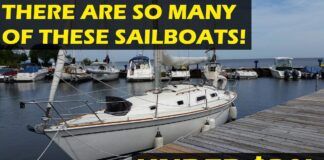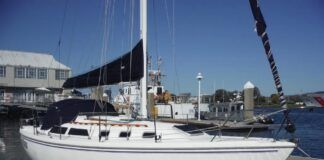How much does towing the tender slow me down? Also, long or short painter? Outboard down, up, or on the rail? Obviously, there are an infinite number of combinations of sea state, speed, dinghy type, and so on to consider, but I know how you guys love your dynamometers and strain gauges. The towability of tenders should be another aspect to your ratings.
David W. Pratt
Truth, 30-foot Brion Rieff gaff-rigger
Wickford, R.I.
As you noted, there are many different scenarios that will have varying results for towing a dinghy, and a towed RIB will obviously have more drag than a towed kayak. But, on average, towing a tender will reduce boat speed by about a half-knot to 1 knot. Theres very little drag difference in using a short painter versus a long one, but painter length will affect how much the tender yaws. We recommend using a floating painter to avoid a fouled boat prop and adjusting it to minimize dinghy yawing; when towing a RIB, its a good idea to use a bridle.
Outboard engines-particularly larger horsepower OBs-can create significant drag if they are left on the towed dinghy, especially if they are left down and engaged in forward. Its best practice to mount the outboard on the mother ships railing, but for short, fair-weather sails, the engine can be left on and tilted up. Consider this: Righting a capsized dinghy is easy enough, but a capsized dinghy with an OB is whole different story.
Some tender styles are easier to tow than others, but when it comes to choosing a dinghy to buy, the towability factor is usually pretty low on the priority list because dinghies are rarely towed for any great distance. We do consider towability in our dinghy reviews, but more weighty rating criteria include stability, durability, capacity, riding comfort, stowability, rowability, and portability.
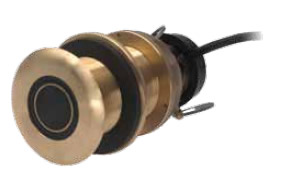
Photos by Drew Frye and courtesy of Airmar
Impeller vs. ultrasonic
Have you ever evaluated paddlewheel-less speed transducers? They are expensive, but for those that live in high-growth waters, they could be a very welcome luxury. Im seriously considering purchasing one but would like to know who offers them and how well they work.
Rick McGowan
Breezes, Sabre 402
Mattapoisett, Mass.
There are three common forms of water speed sensors: pitot tube, the paddle wheel (impeller), and electromagnetic (or ultrasonic). Pitot-tube transducers, typically found on outboard motors, are prone to ingesting debris like seaweed. Impeller and ultrasonic transducers, on the other hand, have issues with marine growth, and impellers can also become clogged with seaweed. Both work reliably if a water-based transducer antifouling is applied, and they are periodically cleaned.
At slow speeds (less than 3 knots), ultrasonic transducers are more accurate than impeller types-because they measure water flow about 3 inches from the hull and are less effected by hull shapes, their range of error is about 0.1 knots versus the paddlewheels 1 to 2 knots-but they can be a challenge to get dialed in at higher speeds. Ultrasonic transducers also have the benefit of added data like leeway velocity.
Weve never held a head-to-head test of the different transducer types, and we believe only one manufacturer is producing the ultrasonic types, Airmar Technology Corp. (www.airmartechnology.com).
The biggest drawback of ultrasonic transducers is their price, which is usually about 4 times that of impeller units. The Airmar CS4500 ultrasonic speed and temperature sensor, for example, runs about $600 to $650; a typical, paddlewheel-style marine speed transducer will run about $75 to $100 (Garmin, Simrad, Raymarine, etc.). If supreme accuracy isn’t required (or desired), then the less-expensive impeller transducer is the best way to go, in our opinion.


